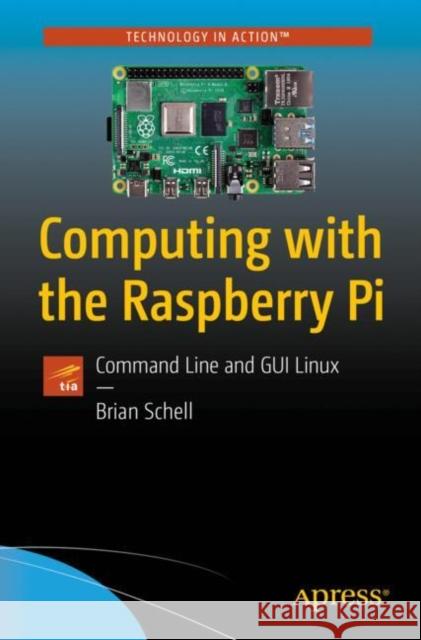Computing with the Raspberry Pi: Command Line and GUI Linux » książka
topmenu
Computing with the Raspberry Pi: Command Line and GUI Linux
ISBN-13: 9781484252925 / Angielski / Miękka / 2019 / 211 str.
Kategorie:
Kategorie BISAC:
Wydawca:
Apress
Język:
Angielski
ISBN-13:
9781484252925
Rok wydania:
2019
Ilość stron:
211
Waga:
0.34 kg
Wymiary:
23.11 x 15.49 x 1.52
Oprawa:
Miękka
Wolumenów:
01
Dodatkowe informacje:
Wydanie ilustrowane











